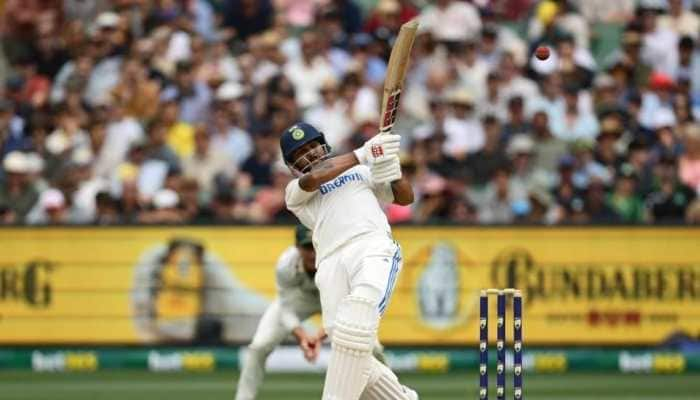The answer to past earthquakes lies with the ancient Himalayan temples!
Based on studies of ancient ruins like tilted pillars, cracked steps and sliding stone canopies of the 7th-century A.D. temples in northwestern India, seismologists have revealed the extent of some of the largest historic earthquakes in the region.
Trending Photos
) (Image for representational purposes only)
(Image for representational purposes only) Dehradun: Our history is a defining phenomenon. Not only of our culture, aesthetics, etc., but now, also our geology!
Scientists and/or seismologists often have trouble finding out data related to past earthquakes, however, it seems as if ancient temples might have something to reveal.
The giant Himalayan mountains are home to some of the most beautiful temples and ancient ruins in India that reflect the country's rich heritage. But now, they hold the key to one of the most influential secrets that could be essential to our country's future.
Based on studies of ancient ruins like tilted pillars, cracked steps and sliding stone canopies of the 7th-century A.D. temples in northwestern India, seismologists have revealed the extent of some of the largest historic earthquakes in the region.
The seismologists studied the signs of destructive earthquakes imprinted upon the ancient stone and wooden temples in Chamba and Bharmour -- towns in the Himachal Pradesh district, within the Kashmir "seismic gap" of the northwest Himalayan range.
The type of damage sustained by Chamba temples suggested that they may have been affected by the 1555 earthquake, while the Bharmour temples were damaged by the 1905 quake, the seismologists said.
The epicentre of the 1555 earthquake is thought to be in the Srinagar Valley, about 200 km northwest of Chamba.
Further at the temples, the team measured the tilt direction, the degree of inclination of pillars and the full temple structures, and cracks in building stones, among other types of damage.
They then compared this damage to historic accounts of earthquakes and information about area faults to determine which earthquakes were most likely to have caused the damage.
"In the Chamba-area temples, there are some marked features that indicate that the body of the temple structure has suffered some internal deformation. The pillars and temple structures are tilted with respect to their original positions. The rooftop portions show tilting or displacement," Mayank Joshi, seismologist at the Wadia Institute of Himalayan Geology in Dehradun in Uttarakhand, explained.
The researchers looked for regular kinds of deformation to a structure and damages that have some consistency in their pattern and orientation, rather than ageing and ground subsidence where there is no regular pattern of damage.
Other damages uncovered by the researchers included upwarping of stone floors, cracked walls, and a precariously leaning fort wall.
The findings were published online in the journal Seismological Research Letters.
(With IANS inputs)
Stay informed on all the latest news, real-time breaking news updates, and follow all the important headlines in india news and world News on Zee News.
Live Tv







)
)
)
)
)
)
)
)
)
)
